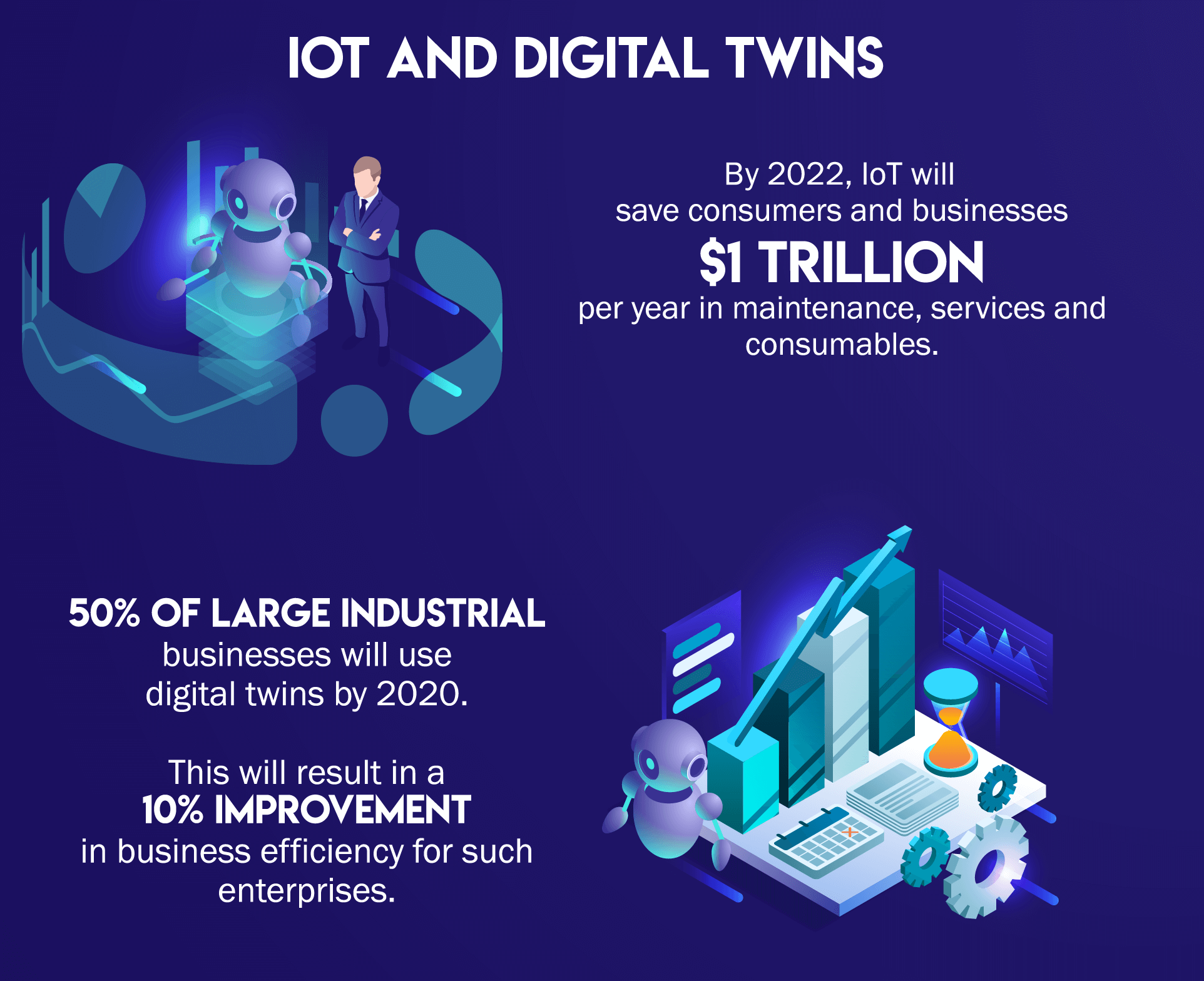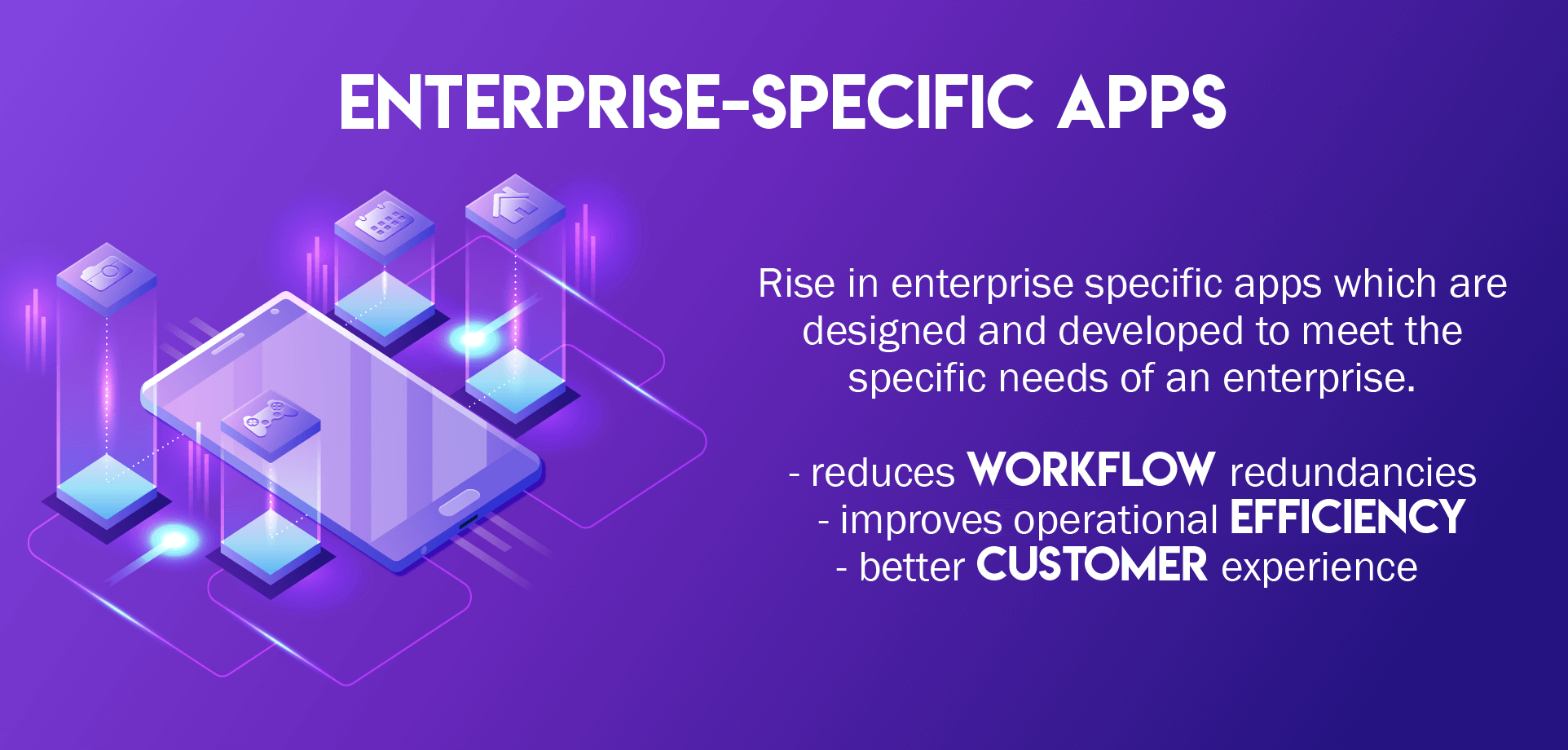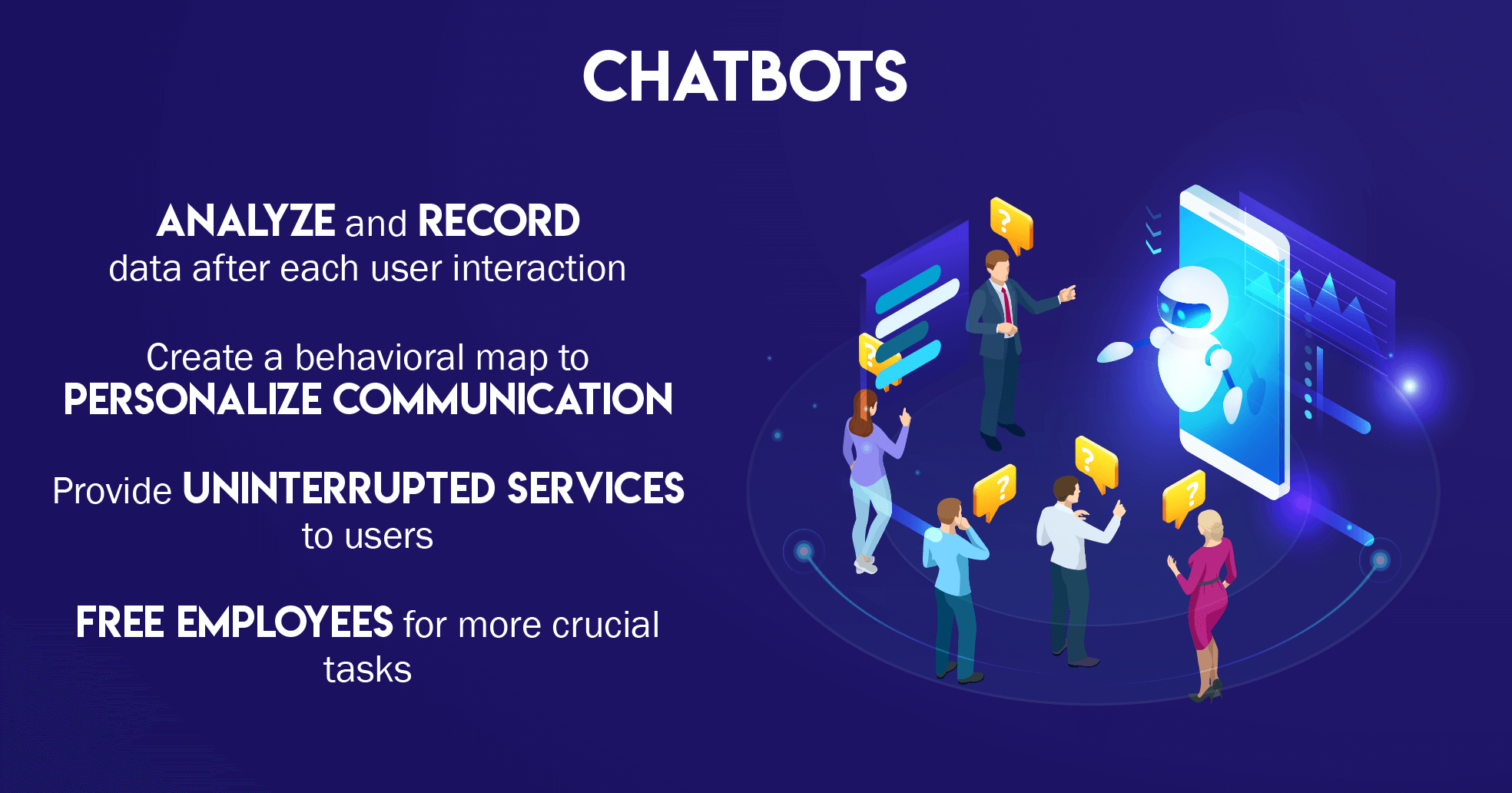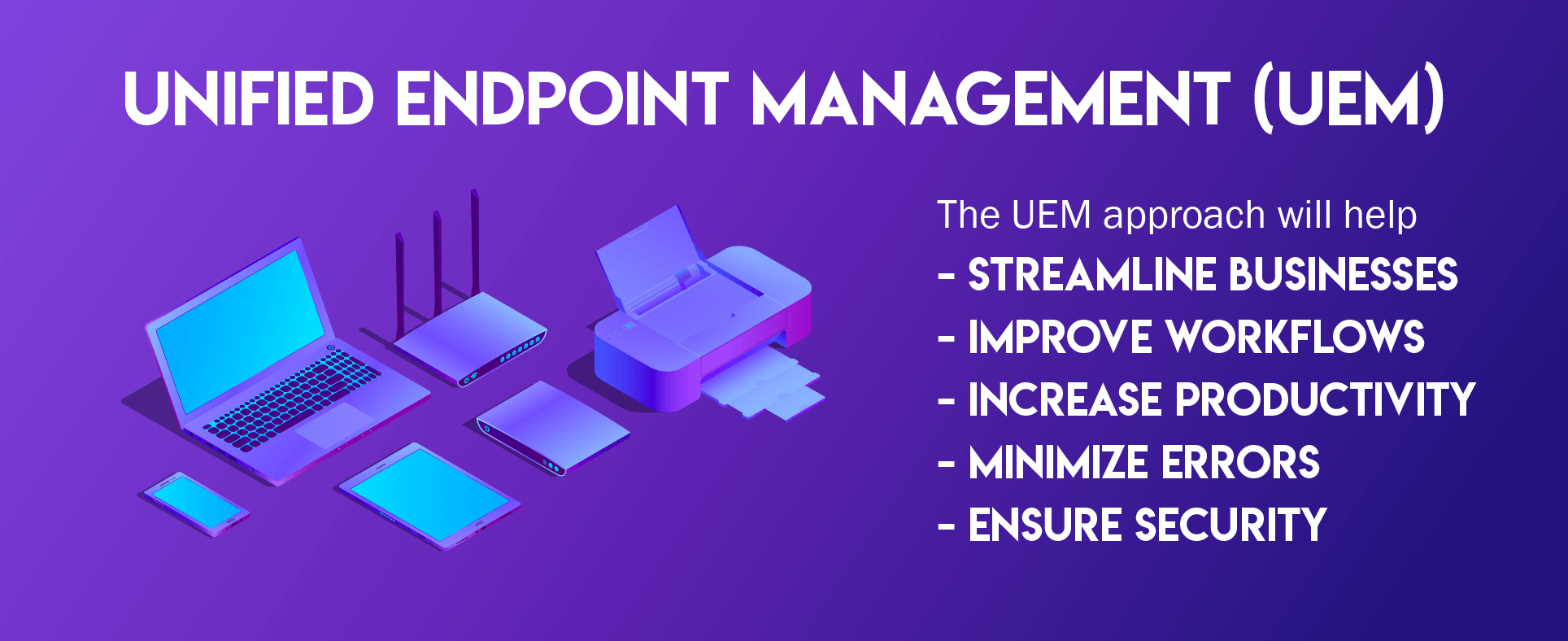Enterprise Mobility Trends in 2019
Jan 24, 2019 | 42Gears Team
Enterprise Mobility has gained a lot of traction in the past few years and will continue to do so. Enterprises are leveraging mobility solutions to manage a wide range of devices – from legacy devices to handheld/hands-free devices on field. And that has improved communication, enhanced workflows and streamlined processes to a great extent. However, the expansion of the attack surface caused by the widespread use of mobile devices is bound to raise security concerns. And that’s where UEM solutions can help.
The enterprise mobility landscape is evolving. New trends are defining security policies and affecting business outcomes across industries – healthcare, hospitality, logistics and finance. But though enterprise mobility solutions help businesses increase productivity and enhance employee engagement, organizations must only adopt those that promise a better ROI.
In the new technological paradigm, enterprise mobility is a prerequisite for sustainability. Statista reports that the EMM market is predicted to generate $2.9 billion in 2019.
Let’s explore the various enterprise mobility trends in 2019.
Artificial Intelligence
Artificial Intelligence has changed the way businesses run and engage with customers. Today, AI is being used in various sectors, from healthcare to industrial automation. This had a significant impact on the economy as well as the society. As per a study conducted by PWC in 2017, the overall estimated global GDP will rise by 14% by 2030 due to AI adoption, contributing an additional $15.7 trillion to the global economy.
With AI, enterprises will leverage enterprise mobility solutions to improve processes and customer engagement. As per a survey report, 88% of companies are planning to adopt AI- driven automation. This will mark the highest adoption rate among all mobility trends in the next five years.
IoT and Digital Twins
IoT improves enterprise mobility through the use of mobile devices in conjunction with IoT/sensor-based devices. Thus, IoT will affect how business is being conducted, improving marketing and strategic decisions. Gartner predicts that by 2022, IoT will save consumers and businesses $1 trillion per year in maintenance, services and consumables.
As BYOD becomes crucial for enterprises, IoT and enterprise mobility, working in sync, will increase organizational productivity further in 2019.
Digital twins is an exact digital replica of a product, process or service. IoT connected objects are replicated digitally, enabling simulation, testing, modelling and monitoring based on the data collected by IoT sensors. Companies deploying digital twins can not only gather information, but also use that data to drive specific business outcomes. Digital twin provides more visibility into how remotely-located devices or equipment are functioning. Gartner predicts that 50% of large industrial businesses will use digital twins by 2020. This will result in a 10% improvement in business efficiency for such enterprises.
More Enterprise-specific Apps
The market has abundant applications for consumer or business use. Until recently, corporations have used generic or consumer apps that usually don’t serve the exact purpose. However, in the coming years, there will be a rise in enterprise specific apps. These apps are designed and developed to meet the specific needs of an enterprise, and thus reduce redundancies in workflows, improve operational efficiency and better customer experience.
Chatbots
Powered by AI technology, Chatbots are improving the service delivery process. These chatbots can proactively deal with external as well as internal customers. They can be easily integrated into enterprise systems to provide data on demand. They analyze and record data after each user interaction and create a behavioral map to personalize the communication to provide uninterrupted services to users.
Chatbots can help businesses delegate several tasks, such as handling FAQs, leave requests and customer queries, that require employee interaction. This can free employees for more crucial tasks, thereby improving their efficiency and performance.
Unified Endpoint Management (UEM)
As enterprises are harnessing the full potential of mobility solutions, they are leaving legacy systems behind and moving closer to an IT landscape with more endpoints. In the coming years, enterprises will adopt new IoT endpoints, such as peripheral devices and wearables like VR/AR/MR devices, to help employees be mobile. In that case, enterprises will need a single management platform or console to remotely manage and control all the new endpoints. Also, ensuring a safe and secured management of endpoints will become crucial for enterprises.
The Unified endpoint management (UEM) approach will surely help them streamline and improve workflows, increase productivity, minimize errors and ensure security. Thus, we will see more UEM adoptions in future.
Last word
Enterprise mobility trends will contribute to transform the digital world. Enterprises will continue to benefit by adopting these trends. As the number of endpoints rise, the rate of adoption of mobility solutions to manage, monitor and secure them will also increase.
42Gears Unified Endpoint Management (UEM) is capable of managing IoT endpoints, Wearables, VR devices along with legacy devices for all platforms such as Android, iOS and Windows. 42Gears offers Deepthought (Chatbot) that helps enterprises streamline service delivery processes and ensures a free flow of communication.
Explore the UEM solution offered by 42Gears.
Click here for the infographic.
Subscribe for our free newsletter






